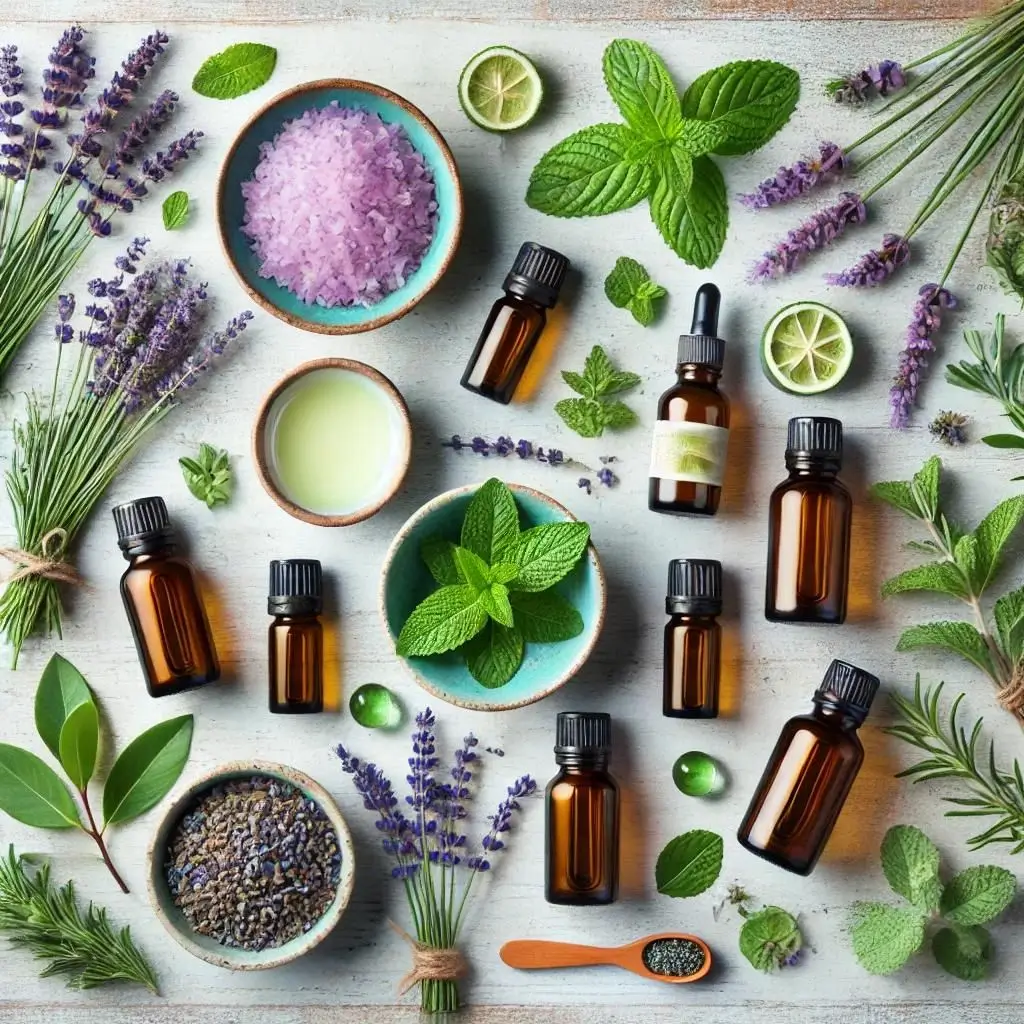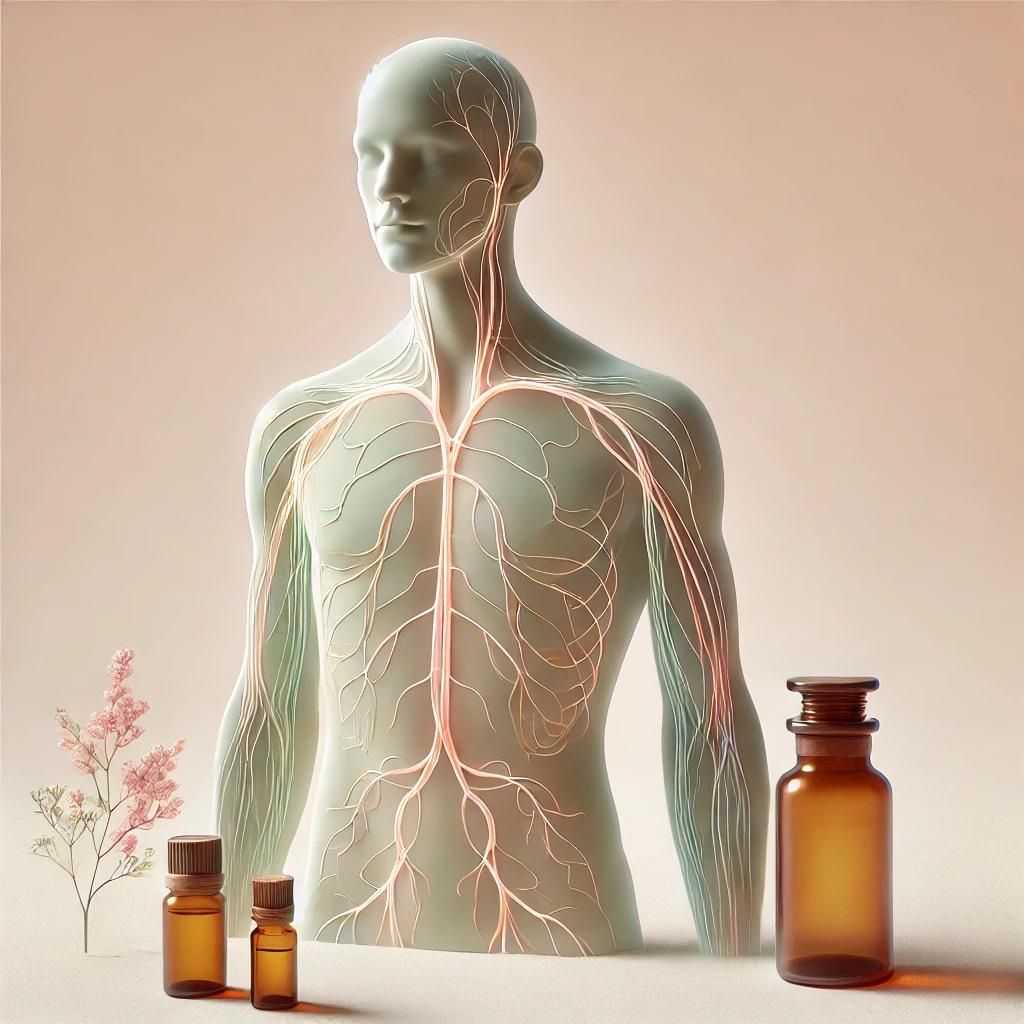Fever is a common symptom indicating the body’s response to infections or illnesses. While over-the-counter medications are commonly used to reduce fever, essential oils offer a natural alternative that can be both effective and soothing. Essential oils are concentrated extracts from plants known for their therapeutic properties. When used correctly, they can help in managing fever symptoms and providing comfort. This guide explores the best essential oils for fever, their uses, and safety considerations.
What essential oils are good for reducing fever?
Several essential oils are known for their antipyretic (fever-reducing) properties. Here are some of the most effective ones:
| Essential Oil | Key Properties | Primary Use |
|---|---|---|
| Peppermint | Cooling, anti-inflammatory | Reduces fever, provides relief from headaches |
| Eucalyptus | Decongestant, antimicrobial | Eases breathing, reduces fever |
| Lavender | Calming, antipyretic | Reduces fever, promotes relaxation |
| Lemon | Refreshing, antiseptic | Boosts immunity, reduces fever |
| Tea Tree | Antimicrobial, anti-inflammatory | Fights infections, reduces fever |
Peppermint oil is especially popular due to its cooling effect on the skin, which can help lower body temperature. Eucalyptus and lavender oils are also frequently used due to their additional benefits in easing respiratory symptoms and promoting relaxation.

How do you use essential oils to reduce a fever?
Using essential oils to reduce a fever can be effective when done correctly. Here are some methods to use:
- Topical Application: Dilute essential oils with a carrier oil (like coconut or almond oil) and apply to the skin. Key areas include the forehead, back of the neck, and soles of the feet.
- Aromatherapy: Use a diffuser to disperse essential oils into the air. This method is particularly effective with eucalyptus and lavender oils.
- Compress: Create a cool compress by adding a few drops of essential oil to a bowl of cold water. Soak a cloth in the mixture and apply it to the forehead or back of the neck.
- Bath: Add essential oils to a lukewarm bath. This method combines the cooling effect of the water with the therapeutic properties of the oils.
Remember, always dilute essential oils properly and do a patch test to ensure there are no adverse reactions.
Can essential oils replace traditional fever medications?
Essential oils can complement traditional fever medications but should not completely replace them, especially in cases of high fever or underlying medical conditions. Essential oils offer a natural alternative that can help manage mild fever symptoms and provide comfort. However, they are not a substitute for medical treatment. It’s essential to consult with a healthcare professional before using essential oils, particularly for severe cases or when treating children.
Are there any risks of using essential oils for fever?
While essential oils are generally safe when used properly, there are some risks to be aware of:
- Skin Irritation: Essential oils can cause skin irritation or allergic reactions if not diluted correctly.
- Respiratory Issues: Inhalation of essential oils can cause respiratory issues, particularly in people with asthma or allergies.
- Toxicity: Some essential oils are toxic if ingested, so they should be kept out of reach of children and pets.
- Drug Interactions: Essential oils can interact with medications. Always consult a healthcare professional before use.
To minimize risks, always follow proper dilution guidelines and usage instructions.
Which essential oil blends are effective for fever?
Blending essential oils can enhance their therapeutic effects. Here are some effective blends for reducing fever:
| Blend Components | Key Benefits |
|---|---|
| Peppermint + Lavender + Eucalyptus | Cooling, relaxing, and decongestant |
| Lemon + Tea Tree + Frankincense | Immunity-boosting and anti-inflammatory |
| Lavender + Chamomile + Sandalwood | Calming and fever-reducing |
Creating these blends involves combining the essential oils in equal parts and diluting them with a carrier oil. These blends can be used in diffusers, compresses, or baths.
How do you make an essential oil compress for fever?
Making an essential oil compress is simple and effective for fever management. Follow these steps:
- Ingredients:
- 1 bowl of cold water
- 3-5 drops of essential oil (e.g., peppermint or eucalyptus)
- 1 clean cloth
- Instructions:
- Add the essential oil drops to the bowl of cold water.
- Stir to mix the oils thoroughly.
- Soak the cloth in the water, then wring out the excess.
- Apply the compress to the forehead, back of the neck, or wrists.
- Re-soak and reapply as needed.
This method combines the cooling effect of the water with the therapeutic properties of the essential oils.
Can children use essential oils for fever?
Children can benefit from essential oils, but there are additional precautions to consider:
- Dilution: Use a higher dilution ratio (1-2 drops per tablespoon of carrier oil).
- Safe Oils: Use child-safe essential oils such as lavender, chamomile, and eucalyptus (in moderation).
- Application: Avoid applying essential oils directly to the face or near the nose of young children.
- Consultation: Always consult a pediatrician before using essential oils on children.
These precautions help ensure the safe use of essential oils for children.
What are the best practices for using essential oils for fever?
To use essential oils effectively and safely for fever, follow these best practices:
- Dilution: Always dilute essential oils with a carrier oil to prevent skin irritation.
- Patch Test: Perform a patch test on a small skin area before full application.
- Proper Storage: Store essential oils in a cool, dark place away from children and pets.
- Consultation: Consult with a healthcare professional, especially when treating children or if you have underlying health conditions.
- Usage Limits: Do not overuse essential oils. Follow recommended dosage and application guidelines.
By adhering to these practices, you can maximize the benefits while minimizing risks.
How quickly do essential oils work for reducing fever?
The effectiveness of essential oils in reducing fever can vary based on several factors:
- Type of Oil: Different oils have varying strengths and effectiveness.
- Method of Application: Topical application and compresses may provide quicker relief compared to aromatherapy.
- Severity of Fever: Essential oils are more effective for mild to moderate fevers.
Typically, you may notice a reduction in fever symptoms within 30 minutes to a few hours. However, if there is no improvement or if the fever persists, seek medical attention.
Where can you buy high-quality essential oils for fever?
High-quality essential oils can be purchased from reputable brands and retailers. Some of the most trusted sources include:
When purchasing, look for oils that are 100% pure, therapeutic grade, and have undergone third-party testing for quality assurance.
Conclusion
Essential oils offer a natural and effective way to help manage fever symptoms. Oils like peppermint, eucalyptus, and lavender can provide cooling and soothing effects. By using them correctly, you can complement traditional treatments and enhance comfort during a fever. Always remember to follow best practices and consult a healthcare professional when necessary.



